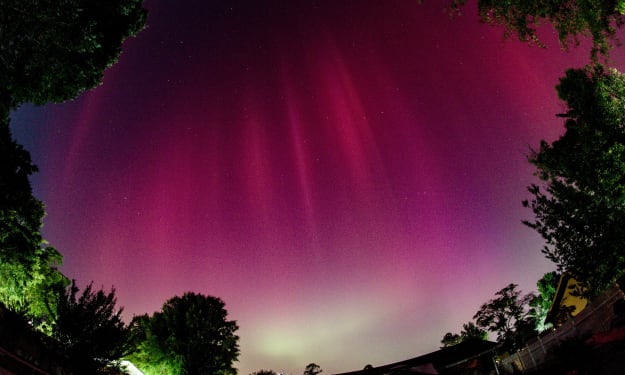History of photograph
Click all your memories

I. Introduction
A photograph is a visual representation of an image captured through the use of a camera or other device. Photography is the art and technique of capturing light and creating images. The history of photography dates back to the early 19th century when the first known photograph was taken by French inventor Joseph Nicéphore Niépce in 1826. Since then, photography has evolved to become a widely popular art form and a powerful medium for communication and storytelling.
II. Types of photographs
There are many different types of photographs, each with its own unique characteristics. Some of the most common types include:
Portrait: A photograph that focuses on one or more people, often with the intention of capturing their likeness or personality.
Landscape: A photograph that captures the natural environment, such as mountains, forests, or oceans.
Action: A photograph that captures movement, such as a sports event or a lively street scene.
Still life: A photograph that captures inanimate objects, such as flowers, fruits, or other objects.
Street: A photograph that captures the hustle and bustle of city life, often in an unplanned or candid way.
Documentary: A photograph that tells a story or records an event, often for historical or social purposes.
Fine art: A photograph that is created with the intention of being considered as a work of art.
III. Photography Techniques
To create an effective photograph, photographers use various techniques to compose, light, and expose their images. Some of the most important techniques include:
Composition: The arrangement of elements in a photograph, such as the subject, background, and foreground.
Lighting: The use of natural or artificial light to illuminate a scene and create mood or atmosphere.
Exposure: The amount of light that is allowed to reach the camera's sensor, which can be controlled by adjusting the shutter speed, aperture, and ISO.
Shutter speed: The amount of time that the camera's shutter is open, which can affect the amount of motion blur in a photograph.
Aperture: The size of the camera's aperture, which controls the amount of light that enters the lens and affects the depth of field.
ISO: The camera's sensitivity to light, which can be adjusted to capture images in low-light conditions.
IV. Camera types
There are many different types of cameras available for photography, including:
Film cameras: Cameras that use film to capture images, which must be developed in a darkroom.
Digital cameras: Cameras that use digital sensors to capture images, which can be stored on a memory card or transferred to a computer.
Mirrorless cameras: Cameras that do not use a mirror in their design, which allows for a more compact size and faster autofocus.
Smartphone cameras: Cameras that are built into smartphones, which are becoming increasingly popular for photography due to their convenience and ease of use.
V. Post-processing
After a photograph is captured, it can be edited and processed using various software tools. Some of the most common post-processing techniques include:
Digital editing software: Programs such as Adobe Photoshop or Lightroom that allow for adjustments to be made to color, contrast, brightness, and other elements.
Color correction: The adjustment of color to ensure that it is accurate and consistent.
Retouching: The removal of unwanted elements or the addition of new elements to an image.
VI. Conclusion
Photography plays a vital role in preserving memories and visual storytelling. It has evolved over time to become an art form and a powerful
The first known camera was invented by Joseph Nicéphore Niépce in 1826. He used a technique called heliography, which involved capturing light onto a polished pewter plate coated with bitumen. The plate was then placed in a camera obscura, or pinhole camera, for several hours to capture an image. This was the first known photograph, known as the "View from the Window at Le Gras," which still exists today. The invention of the camera marked the beginning of photography as we know it today, and since then, many inventors and inventors have contributed to its evolution and development, like George Eastman who introduced the first roll film camera in 1888, which was named Kodak.






Comments
There are no comments for this story
Be the first to respond and start the conversation.